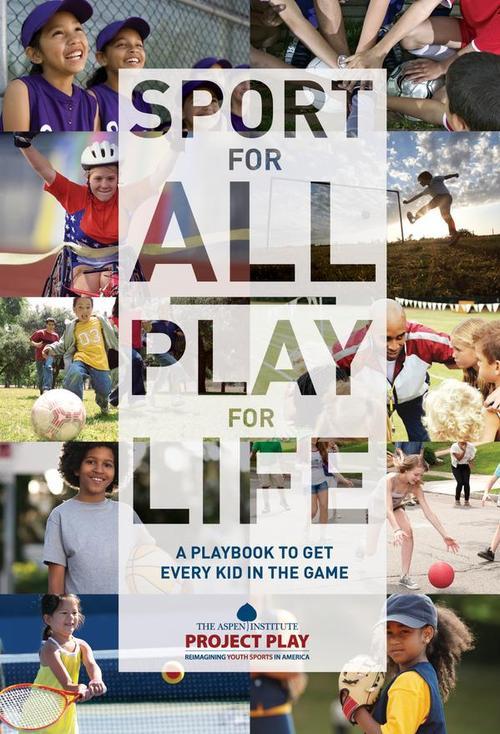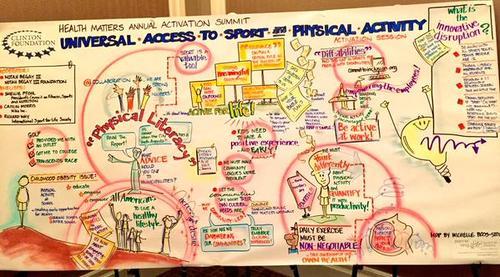Written by NCHPAD
January is traditionally a month of change led by a jump start on New Year’s resolutions. Ironically, in recent years, January has also been a month of change associated with inclusion in athletics and physical activity. On January 24, 2013, the Office for Civil Rights (OCR) issued a Dear Colleague Letter clarifying schools’ obligations under the Rehabilitation Act of 1973 to provide extracurricular athletic opportunities for students with disabilities. The guidance created a clear roadmap for how schools can integrate students with disabilities into mainstream athletic programs and create adapted programs for students with disabilities. Follow the link to this blog post, An Active Push towards Equal Access in Extracurricular Athletics, to learn more.
Organizations and advocates for inclusion in sport and physical activity have relentlessly worked to push this movement forward. In keeping with the theme of change in January, we are excited to share two major outcomes that have been achieved this month. First, on January 15, 2015, the Eastern College Athletic Conference (ECAC) Board of Directors adopted an inclusive sport strategy that will provide new intercollegiate athletic opportunities for student athletes with a variety of disabilities attending ECAC member colleges and universities in Division I, II, and III. This is a pioneering action as the ECAC becomes the first NCAA-sanctioned conference to provide this competitive opportunity for students with disabilities. This announcement means that reasonable accommodations will be provided for existing athletic events and adaptive-specific accommodations will be added for championship sports such as track and field, swimming, rowing, and tennis, based on guidance from four principles of sport inclusion for athletes with disabilities. In addition, the ECAC also plans to add new leagues and championships for adaptive team sports such as wheelchair basketball, sled hockey, goalball, and sitting volleyball over the coming few years. Read more about this initiative here.

Paving the way for inclusion in sport and physical activity is a tremendous feat, but how do we develop youth to get to this point? This question is largely answered by the second major outcome achieved this month.
The Health Matters Annual Activation Summit 2015 was held earlier this week. This is an annual event that showcases what the Clinton Foundation’s Health Matters Initiative and its strategic partners from across sectors – business, technology, sports and philanthropy – are doing to create systemic health improvement throughout the United States. A current focus of the Health Matters Initiative is on improving access to youth sport and physical activity. As a collaborative effort to address this matter, the Aspen Institute’s Project Play was launched. After two years of 10 roundtables, over 250 thought leaders, and other events around the nation, on January 26, 2015, The Project Play initiative released a 50-page report, Sport for All, Play for Life: A Playbook to Get Every Kid in the Game. To read and download the report, visit: www.youthreport.ProjectPlay.us. This report, “offers an ambitious plan to re-imagine organized youth sports, prioritizing health and inclusion, while recognizing the benefits of unstructured play,” says Tom Farrey in the introduction.
The following graphic recording was shared after a Universal Access to Sport and Physical Activity panel at the Health Matters Summit highlighting committoinclusion.org as a resource for the inclusion of people with disability.

As the winds of change continue to blow, Commit To Inclusion while viewing sport and physical activity through a lens of universal access for all!